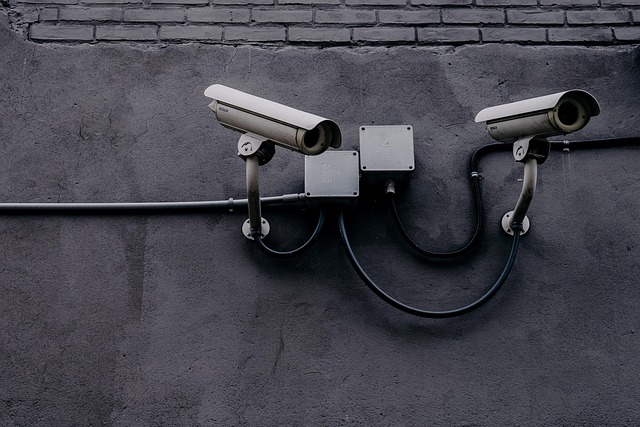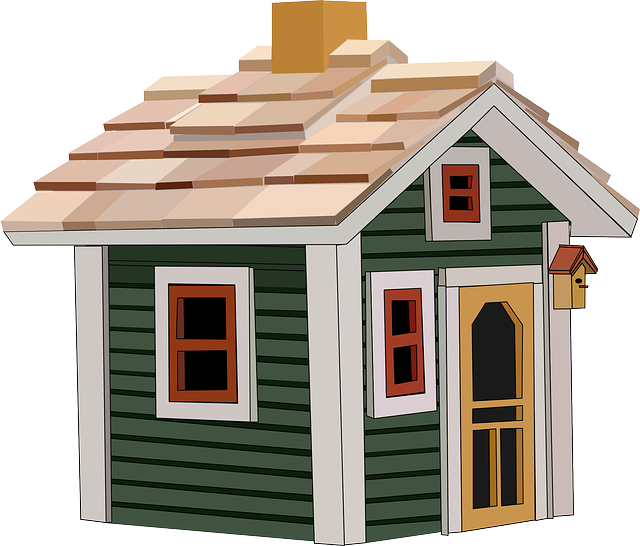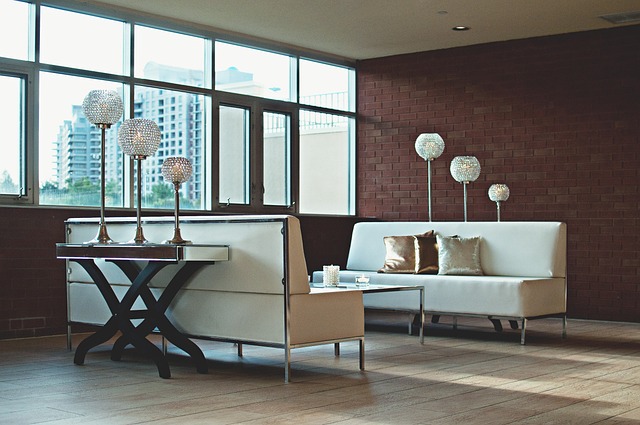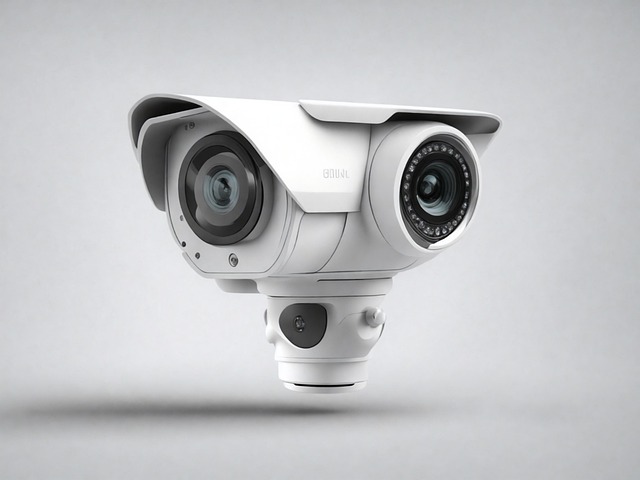Securing older homes requires a delicate balance between enhancing protection and preserving their historical integrity. Start with a comprehensive assessment of existing systems, retrofitting advanced locks, sensors, cameras, and alarms while selecting retro-inspired hardware for seamless integration. Modernize home security through smart lighting and strategic retrofits like encryption-enabled smart locks and high-definition surveillance systems, prioritizing robust locking mechanisms and reliable monitoring for peace of mind without compromising the home's character or timeless beauty.
Integrating smart security features into older homes isn’t just about enhancing protection; it’s a delicate balance between preserving historical charm and adopting modern technology. Understanding the unique challenges of securing historic homes is key to successful retrofitting. This article guides you through assessing your home’s current security, identifying gaps, and implementing essential upgrades that blend seamlessly with traditional home safety while boosting overall security for older homes. Dive into these strategies to upgrade home security and modernize your vintage abode responsibly.
- Understanding the Unique Challenges of Securing Historic Homes
- Assess Your Home's Current Security Measures and Identify Gaps
- Retrofit Smart Security Technologies for Enhanced Protection
- Prioritize Safety: Essential Features for Every Vintage Home
- Create a Comprehensive Plan for Modernizing Home Security While Preserving Character
Understanding the Unique Challenges of Securing Historic Homes

Securing older homes presents a unique set of challenges due to their distinct architectural features and often outdated security systems. Vintage homes, with their charming aesthetics, may lack modern safety standards, making them vulnerable to potential risks. Integrating smart security features requires careful consideration to preserve the home’s historical integrity while enhancing protection. One of the primary obstacles is retrofitting advanced security solutions without compromising the home’s original character.
Homeowners and professionals must strive to modernize home security while respecting traditional home safety concerns. This involves assessing structural elements, such as old windows and doors, which might require specific security upgrades. By combining advanced technology with thoughtful design, it’s possible to upgrade home security without sacrificing the allure of historic homes. These security for older homes strategies ensure that old home protection stays current, effective, and in harmony with their timeless beauty.
Assess Your Home's Current Security Measures and Identify Gaps

When considering smart security features for a vintage or older home, the first step is to thoroughly assess its current security measures. Many historic homes may have traditional locking systems and alarm setups, but these often lack modern advancements in home protection. Start by inspecting the locks on doors and windows—are they high-security models? Do all exterior doors have deadbolts? An old home might need retrofitting for better security, especially if it lacks basic safety features like smoke detectors or carbon monoxide alarms.
Identify any existing security gaps, such as outdated alarm systems that rely solely on keypads or those without automatic updates and remote monitoring. Older homes may also benefit from upgrading to smart doorbells with motion sensors, high-definition cameras, and two-way audio for enhanced visibility and peace of mind. These improvements can significantly boost the overall security of a traditional home while staying true to its historic character.
Retrofit Smart Security Technologies for Enhanced Protection

Many older homes lack modern security features, leaving them vulnerable to today’s threats. However, with the right approach, it’s possible to retrofit smart security technologies and significantly enhance protection for traditional homes. One of the first steps is assessing the home’s existing security infrastructure and identifying areas that need improvement. This could include upgrading outdated locks and keys with advanced keyless entry systems or installing modern door and window sensors.
Modernize home security further by integrating smart cameras, motion detectors, and alarm systems. These devices can be remotely monitored and controlled via a smartphone app, providing homeowners with peace of mind, even when they’re away. Additionally, consider adding smart lighting fixtures that automatically turn on when motion is detected, deterring potential intruders. By incorporating these retrofit home security solutions, historic homes can achieve improved old home protection while maintaining their unique character and charm.
Prioritize Safety: Essential Features for Every Vintage Home

In every home, safety should be a top priority, and this is especially true for vintage residences. When it comes to older homes, prioritizing security involves addressing unique challenges presented by their age and design. Essential features for enhancing the security of a historic residence include robust locking mechanisms on doors and windows, advanced door and window sensors, and a reliable security system with monitoring capabilities. These upgrades are crucial not only for protecting valuable possessions but also for ensuring the safety and peace of mind of residents.
Modernizing home security in older homes can be achieved through strategic retrofits. Key components to consider include installing smart locks that offer advanced encryption and remote access, integrating motion detectors that trigger alerts when unusual activity is detected, and setting up a comprehensive surveillance system with high-definition cameras. Such upgrades blend seamlessly with traditional aesthetics while providing state-of-the-art protection, transforming vintage homes into secure and modern living spaces.
Create a Comprehensive Plan for Modernizing Home Security While Preserving Character

When updating security for older homes, it’s crucial to strike a balance between enhancing protection and preserving the historic character that makes vintage homes so charming. Start by assessing the current state of your home’s security features, keeping in mind the unique architectural details and design elements that contribute to its traditional appeal. Create a comprehensive plan that respects the past while incorporating modern security for older homes, such as smart locks and surveillance cameras.
Consider the aesthetic impact of each upgrade, selecting retro-inspired or period-appropriate hardware for seamless integration. For example, opt for subtle, period-correct lighting for outdoor security cameras to avoid clashing with the historic look of your home. This thoughtful approach ensures that your old home protection remains effective without sacrificing its timeless beauty and value, making it a true testament to both modern security and traditional home safety.
Integrating smart security into older homes is not just about enhancing protection; it’s a delicate dance of preserving historical character while embracing modern technology. By understanding the unique challenges of historic structures and prioritizing essential features, homeowners can upgrade their security without sacrificing the charm that makes vintage homes so captivating. A well-planned retrofit can transform an old home into a fortress, combining traditional safety with innovative solutions for comprehensive protection.
